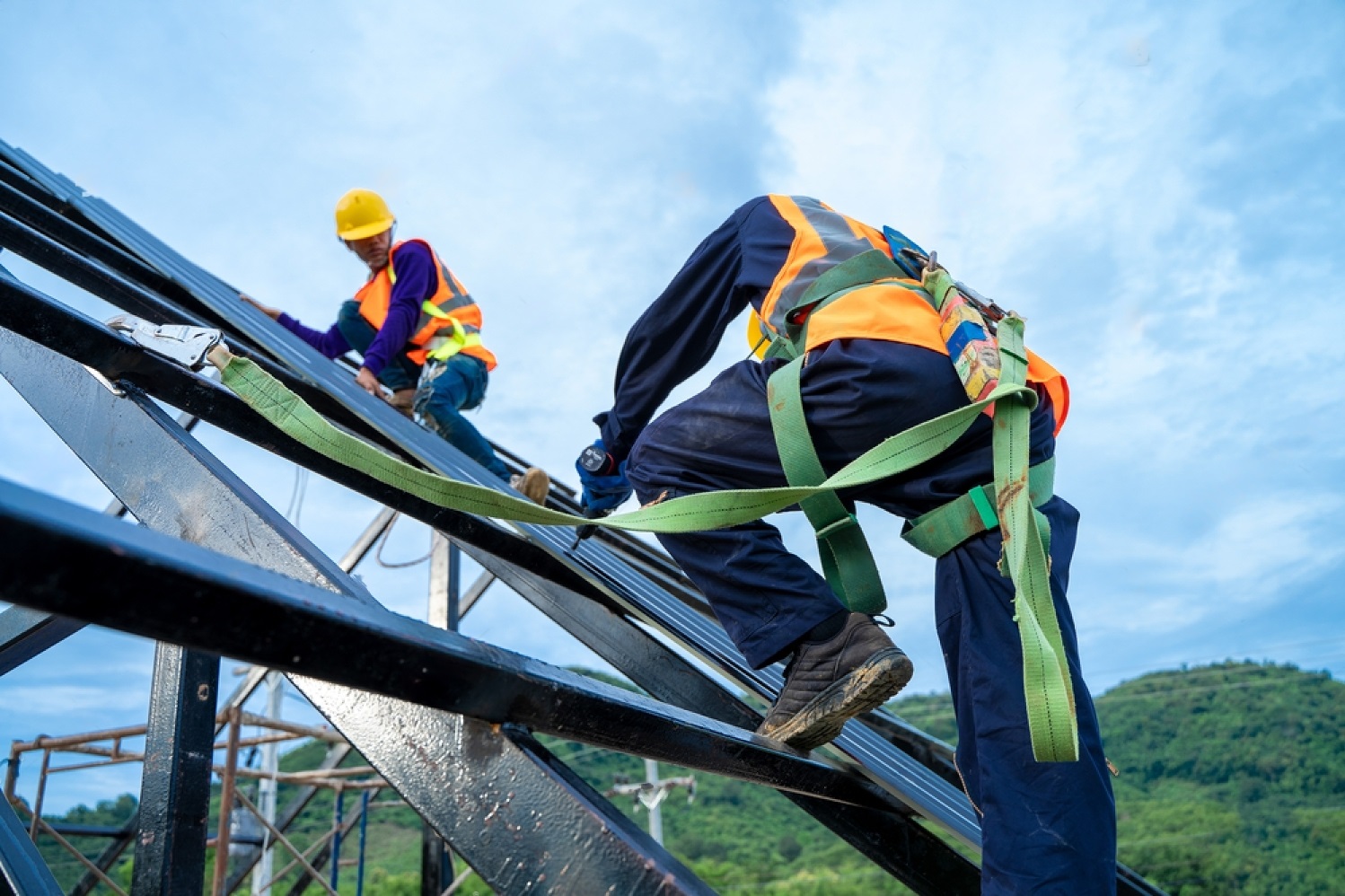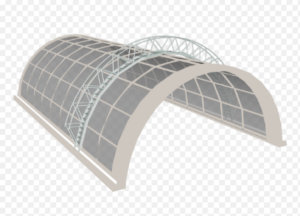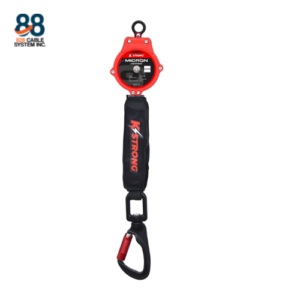
Fall Arrest Lifeline Solutions: Ensuring Safety in the Philippines & Asia
In industries across the Philippines and Asia, ensuring the safety

As one of the most dangerous industries, construction work comes with inherent risks, including falls from heights. According to the Occupational Safety and Health Administration (OSHA), falls are the leading cause of fatalities in the construction industry, accounting for almost one-third of all occupational deaths. Therefore, it is crucial to prioritize worker safety and implement fall protection measures to prevent these accidents.
Fall protection refers to any equipment or system designed to protect workers from falling off an elevated work surface or into an excavation. It includes everything from guardrails and safety nets to personal fall arrest systems, such as harnesses and lanyards. While fall protection may seem like an inconvenience or an unnecessary expense, it is critical to keeping workers safe on the job site.
The Importance of Fall Protection in the Construction Industry
Falls from heights can result in severe injuries, including broken bones, spinal cord injuries, traumatic brain injuries, and even death. Therefore, fall protection is not only essential for worker safety but also for minimizing the financial impact of workplace accidents. In fact, the National Safety Council estimates that the average cost of a fall-related injury in the construction industry is over $100,000.
Beyond the financial cost, workplace accidents also have a significant emotional toll on workers, their families, and their communities. By implementing fall protection measures, construction companies can demonstrate their commitment to worker safety and create a culture of safety on the job site.
Implementing Fall Protection Measures
OSHA requires that employers provide fall protection for workers at heights of six feet or more. Depending on the nature of the work being performed, fall protection may be required at lower heights as well. Therefore, it is crucial to conduct a thorough hazard assessment to determine the appropriate fall protection measures for the job site.
Once the hazards have been identified, employers can implement a range of fall protection measures, including:
Fall protection is an essential aspect of workplace safety in the construction industry. It is not just a legal requirement but a moral obligation for employers to ensure the safety of their workers while on the job. By implementing the appropriate fall protection measures, construction companies can reduce the risk of falls and create a culture of safety that promotes employee well-being.
Investing in fall protection is an investment in the health, safety, and well-being of construction workers. A commitment to worker safety not only protects workers from injury but also benefits the company in several ways. Firstly, it reduces the financial costs associated with workplace accidents, such as medical expenses, compensation claims, and lost productivity. Secondly, it prevents the emotional toll that workplace accidents can take on both workers and their families.
In addition to preventing accidents, a culture of safety can have other positive effects on the workplace. It can increase worker morale, reduce turnover rates, and improve productivity. When employees feel valued and safe, they are more likely to be motivated, engaged, and committed to their work.
Moreover, a strong safety culture can also enhance a company’s reputation. Construction firms that prioritize safety are viewed as responsible and trustworthy by clients, partners, and investors. They are more likely to win bids and contracts and attract top talent.
In conclusion, fall protection is not only a legal obligation but a crucial aspect of creating a safe and productive workplace. By investing in fall protection measures, construction companies can protect their workers, reduce costs, improve productivity, and enhance their reputation. As a result, it is essential for employers to prioritize safety and implement appropriate fall protection measures to ensure a safer and healthier workplace for all employees.

In industries across the Philippines and Asia, ensuring the safety

In today’s architecture and urban planning, greening solutions play a

In today’s fast-paced world of construction and maintenance, efficient access

In industries where working at heights is commonplace, ensuring the

In workplaces where heights are involved, ensuring safety against falls

In the realm of modern architecture, the integration of innovative
Copyright © 828 Cable System Inc. Philippines 2023 All Right Reserved